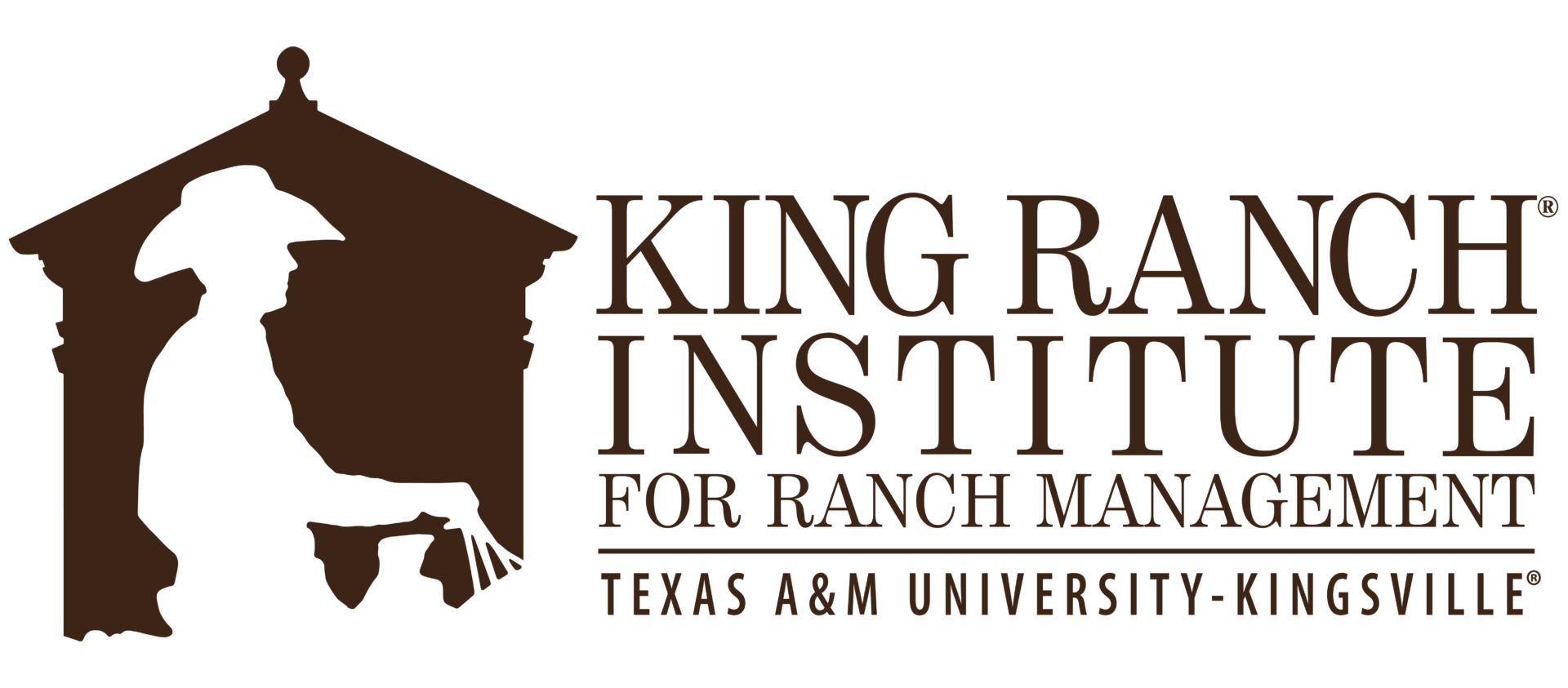Ranches Held in U.S. Trusts Provide Opportunities to Sustain Legacies
By Ashley Patterson, Featured in the Fall 2019 Newsletter
A ranch’s legacy across generations depends on many factors, from proper management of the land, livestock, and wildlife, to deliberate efforts for nurturing and maintaining family unity. Many ranches excel at working toward management goals as private family-owned properties. Other ranches may decide to hold the property and management in a trust, and with the right counsel and expertise from a wealth management service, sustain a legacy of ownership and profitability.
The Basics of a Trust
When a landowner decides to hold their ranch in a trust, they are seeking guidance to realize a vision for the estate, which translates to their legacy. Family members or owners of the ranch seek trusts for a number of reasons, but Doug Wilmeth, VP Farm & Ranch of Bank of America, says that succession planning is usually the reason behind forming a trust vehicle. Besides forming a trust to pass wealth efficiently and privately to the next generation, trusts are also used to preserve assets for heirs, reduce estate taxes, control the distribution of assets and retirement, and keep assets in the family. Whatever the desire to form a trust partnership, the end goal is usually to manage the ranch at its desired income potential.
To begin the process, the land is deeded to a trust. The decision is then made for family members or owners to be co-trustees, working directly with the bank to outline the goals of the property. If no family member is willing or able to assume that role, the bank holds the trust as a lone trustee. In the event that the family works with the bank, they provide the bank with specific instructions to manage the ranch, explained Wilmeth.
“I work directly with the ranch manager or grazing tenant or hunting tenant to make sure goals and objectives of the ranch are in line with the founder’s wishes,” said Wilmeth. “I handle transactions and details of paying bills, taxes, insurance, and easements. I also engage outside counsel when needed and work closely with surface use agreements and easements with oil and gas companies.”
The Bank’s Role
Wilmeth further explained the role of the bank as a mediator or middle-man to help owners meet their ranch management goals. When many heirs are involved, the process can, at times, become daunting for the family members. By enlisting a bank’s help through a trust, the owners are ensuring that the proper steps are taken and fair decisions are made in the best interest of the property.
“Banks have no favorites and can act impartial and have a fiduciary responsibility to act most prudent with assets and the wishes of the grantor,” said Wilmeth.
Wilmeth, who graduated from the King Ranch® Institute for Ranch Management in 2009, handles trust and investment management accounts with Bank of America totaling more than 170,000 acres on approximately 42 separate properties in Texas, Kansas, and New Mexico. Working with a family trust, the dynamics can become complicated, explained Wilmeth. He reiterated that communication and mediation skills are a must when working with multiple heirs in a trust agreement.
“Having a unifying vision where everyone knows their role is paramount for success.”
The bank trustees also guide owners to set the appropriate strategic goals of the ranch. Keith Reep, Vice President and Real Estate Investment Consultant of Wells Fargo Private Bank, explains that bank officers and co-trustees meet to determine alternative strategies to create additional income, and each income stream is set up as a different enterprise.
“We manage the real estate property like any other asset, to maximize both value and income potential,” says Reep.
The 874 assets held in trusts under Reep’s management umbrella is valued at more than 1 billion dollars. As a trustee, says Reep, the bank helps guide the landowner through the decision making process to ensure that any strategic goals will maximize value while being mindful of the next generation so the land and any capital expenditures are properly managed. The bank is able to manage the property’s assets, explains Reep, through forecasting and budgeting. When the actual numbers are generated, performance is analyzed to figure out what went right, what went wrong, and how to adjust for the future.
The Need for a Trust
Beyond the aforementioned reasons for establishing a trust, most owners seek professional management of assets after a significant transition in their life, perhaps facing a crossroads with no natural successor for management, explains Wells Fargo’s Wealth Management Real Estate Asset Management team. Reep says that while trusts are not the most common choice of professional management, he said this kind of arrangement is increasing as the next transition of wealth is occurring in the U.S.
“As we see a large transition of wealth through the baby boomer generation, most of the heirs who had ties to working the land have moved away from the ranch and started their own life, but still have family heritage relationship to the ranch,” says Reep. “They don’t want to move back and assume the day to day role of managing the land.”
Managing the land in a trust could be the best option for owners and families in many different situations. Some arrangements, explained Wilmeth, require the management of land for owners who live many states away. Those landowners depend on the bank’s knowledge and resources to help them navigate issues of land ownership.
Wilmeth enjoys growing a relationship with landowners who are devoted to caring for their legacy. Making a difference in the management of the land and more importantly, helping owners gain a future vision of the ranch, is one of the reasons Wilmeth is dedicated to helping his clients.
“Sometimes it’s not about the ranch at all, but relationships between family members.”

